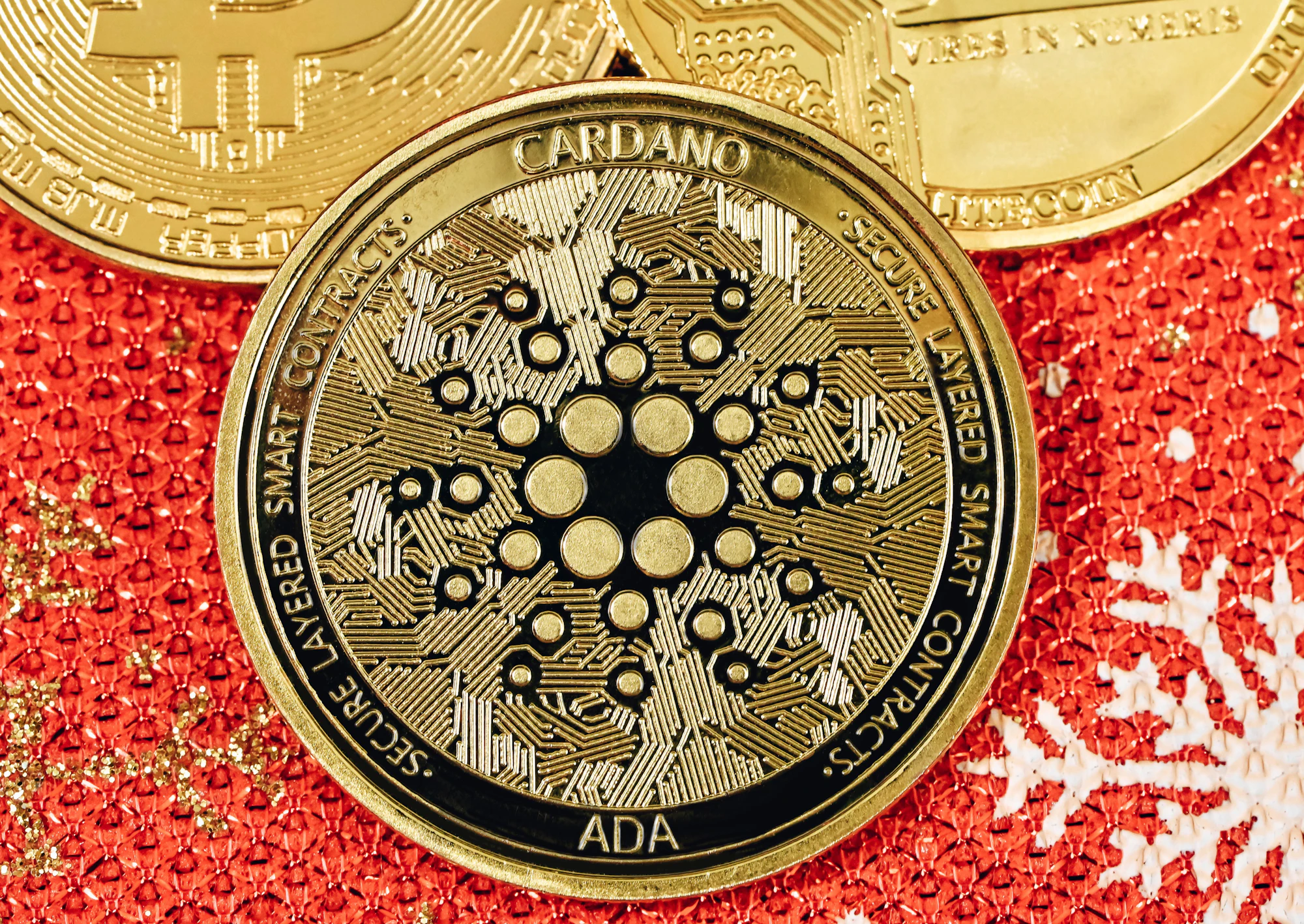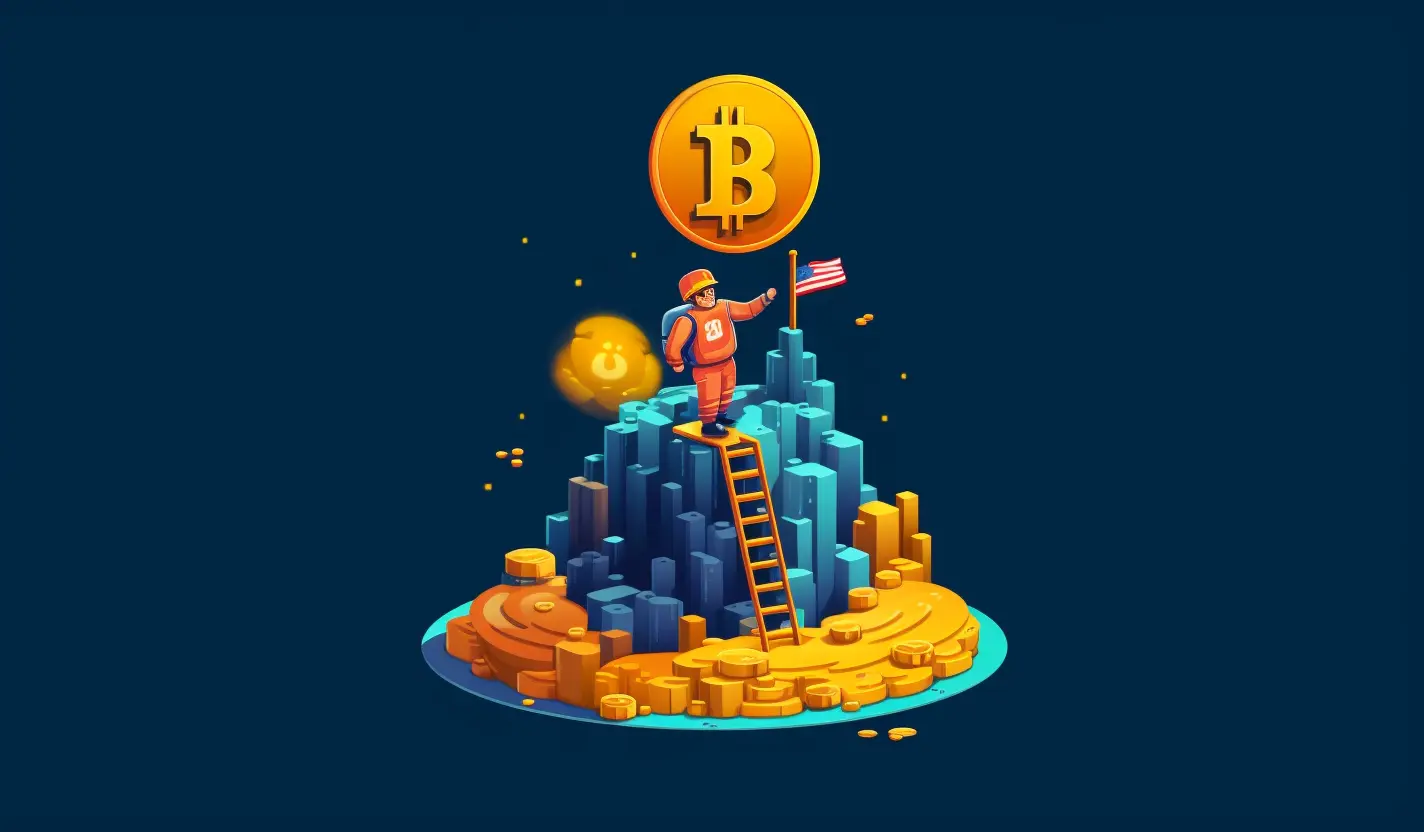Table of contents
The hard fork (1) is intended to advance Cardano's decentralized application development capabilities and the ecosystem's scalability and overall transaction throughput capacity from an external perspective. The blockchain company Input Output Hong Kong (IOHK) (2), which is in charge of designing, constructing, and maintaining the Cardano platform months after its construction, published a statement to mark the occasion.
The Vasil upgrade heralds a new age for the Cardano ecosystem and the decentralized financial space at large. The upgrade is intended to improve the network's scalability and boost Cardano's smart contract capabilities, according to Shahaf Bar-Geffen, CEO of COTI (3).
Furthermore, it should be noted that the hard fork will considerably increase Djed's efficiency. Djed (4) is an algorithmic stablecoin developed jointly by IOHK and COTI to increase the number of transactions on the Djed platforms and position Cardano as a leading contender for stablecoin transactions. However, the Vasil hard fork's operational and practical advantages would be the most useful for comprehending the hard fork itself.
A hard fork, in its most basic form, is a network upgrade initiated when individuals in charge of a blockchain platform decide to add or improve specific features to the ecosystem. In other words, when a hard fork occurs, the network breaks into two separate operating systems, one of which continues as an upgraded version. In contrast, the other version maintains the present features and rules.
Cardano's Vasil hard fork intends to strengthen the network's current smart contracts to create a better experience for both users and developers, according to Charmyn Ho, the head of crypto insights at Bybit. This will also result in a building procedure that is more effective in terms of applications on the chain.
Cardano may increase the block size and TPS while keeping its POS mechanism owing to the infrastructure level enhancements by the Vasil hard fork. In addition, it should be noted that the Vasil hard fork aims to increase the chain's scalability, optimize its current features, and strengthen the connection and reliability of the network.
The upgrade is anticipated to lower the network's transaction costs while enhancing transaction speeds, making it a significant step forward for Cardano. Finally, it is important to note that Vasil is not Cardano's first network upgrade. A year ago, the project also saw the debut of another hard fork, Alonzo, which was created to enable users to create DApps using smart contracts.
Along with many other changes, the Alonzo (5) upgrade was one more approach for Cardano to provide its users with a compelling alternative to Ethereum and a platform that allows for the easy creation of unique apps utilizing smart contracts.
A well-known Cardano community member who passed away in 2021, Vasil St. Dabov (6), inspired the naming of the Vasil upgrade. The Vasil update is planned to increase the speed of blocks, efficiency, and transaction throughput. Additionally, the hard fork will see the deployment of a diffusion pipelining method, which aims to speed up block propagation times while enhancing the network's capacity for transaction processing.

Three significant Cardano Improvement Proposals will also be introduced with the Vasil hard fork. The introduction of a new reference input mechanism will be sparked by CIPS (7), namely CIP-31, CIP-32, and CIP-33. CIP-31 will enable DApps to access transactional output data without having to recreate it as previously, greatly streamlining and speeding up the process overall.
The goal of CIP-32 is to increase Cardano's innate levels of decentralization by giving network users access to on-chain data storage. By altering the system's basic programming syntax, CIP-33 will make transactions lighter and enable faster processing and lower fees. CIP-40 is a further advancement that will be made as part of Vasil.
Additionally, a new output transaction mechanism will be introduced to improve block transmission without complete validation. The native smart contract programming language Plutus for Cardano has also been enhanced, making it more functionally capable than its prior version.
Vasil will also enhance the platform's security by simplifying the interaction with Cardano's UTXO paradigm (8) and maintaining its off-chain transaction load. Although little information on the upgrade has been made public as of the time of writing, the second part of the hard fork will focus on the redefinition of the Plutus cost model, which directly affects the processing power and memory fees necessary for governing Cardano's native smart contracts.
The Cardano team also disclosed that they have been working hard to develop their layer-2 scaling solution, the Hydra Head protocol (9), which can handle transactions from the Cardano blockchain while using it as its primary security and settlement layer. This effort is in addition to the Vasil upgrade.
The Cardano team also disclosed that it has successfully fixed a problem with Hydra's node infrastructure, but there is no set release date for the protocol. The IOHK team has, however, made hints that the item might enter the market as early as the first quarter of 2023 or as late as 2022.
Vasil was originally expected to be live earlier this year. Still, it encountered various obstacles, and although the upgrade is now live, the ecosystem has continued to suffer from the effects of these delays. ADA, the native cryptocurrency of Cardano, has been seeing a decline in transaction volume since 2020 began. However, from a price perspective, the update hasn't been able to do much to boost ADA's value, with the currency trading down less than 1% on the week.
Despite ADA's price action continuing to be somewhat subpar, the fact that the Cardano ecosystem has advanced significantly over the past year demonstrates that the project is seemingly poised for great things in the short-to-medium term.























